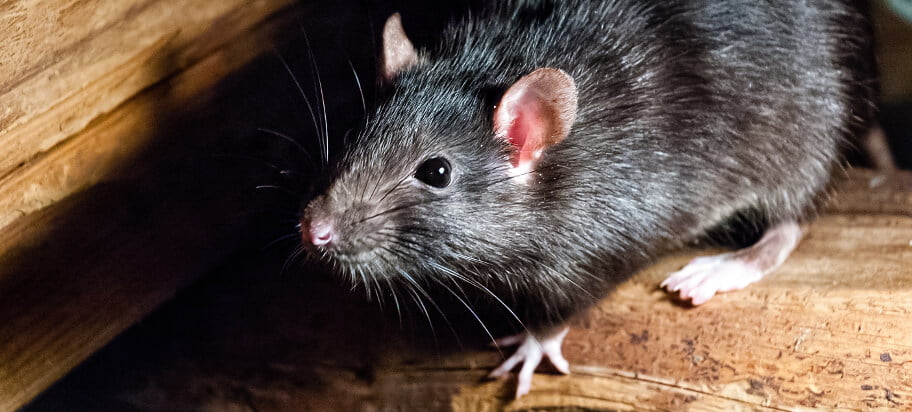They can also chew ridge cap plugs.
How do rats get in roof space.
Roof edges this is a very common way for rats to get in your cavity walls especially if you have overhanging trees next to your property.
How are rats getting into the attic they most commonly enter via holes in the roof.
If your home has no crawl space or attic space and the rats are in the tiny area between shingles and drywall you will need to be more inventive on how you place the traps.
Holes in the flyscreen.
Roof rats most often inhabit rafters attics false ceilings and the spaces between floors.
Remove clutter like paper or cardboard that rats may use to build their nests keep dog food and other pet food.
If they get into the house from underneath or from a ground level opening they can just scamper up the wall and into the attic.
Rodents can get into the bathroom and laundry through small spaces such as beneath the sink cabinet especially around water pipes.
Entry points into the house often occur along the roofline and through spaces where pipes or wiring enter the home.
Store food in metal or plastic containers with tight fitting lids instead of cardboard boxes that can easily be gnawed.
Rats mice in the bathroom laundry.
Gaps in flooring walls and skirting boards.
Most traditional homes have spaces between the interior ceilings and the roof which provide a chance to set traps.
If you suspect you have rats in your attic it s a good idea to have your roof checked for openings.
The bathroom and laundry provide water shelter and warmth making it an ideal place for rodents.
Rats can easily climb trees and as soon as they get onto your home they will look for a weakness to exploit to gain entry.
Rats can often enter through small gaps created by the room corner intersection.
They are small and can crawl around.
Inspecting the home for evidence of rats.
Common rat entry points into house rats only need a hole the size of a quarter or a gap that is about 5 8 inch to gain access to your house.
Gaps in window and door frames.
To reduce roof rats on your property consider the following.
However they can also get into the attic from pretty much anywhere.
Eaves the edge of the roof which overhangs the exterior wall are a common infiltration points for rats to get into the attic as holes can easily be hidden in the shadow of the roof.
Rats often went to the roof space as far from human reach.
An inspection is the.
As a result at night the noise and fuss often disturb the tranquility of the residents.
Check all doors and windows.
Any openings should be blocked with a waterproof sealant.
Eaves also often have deliberate gaps or holes to provide ventilation in the roof space which provide an easy route inside for the rats.

